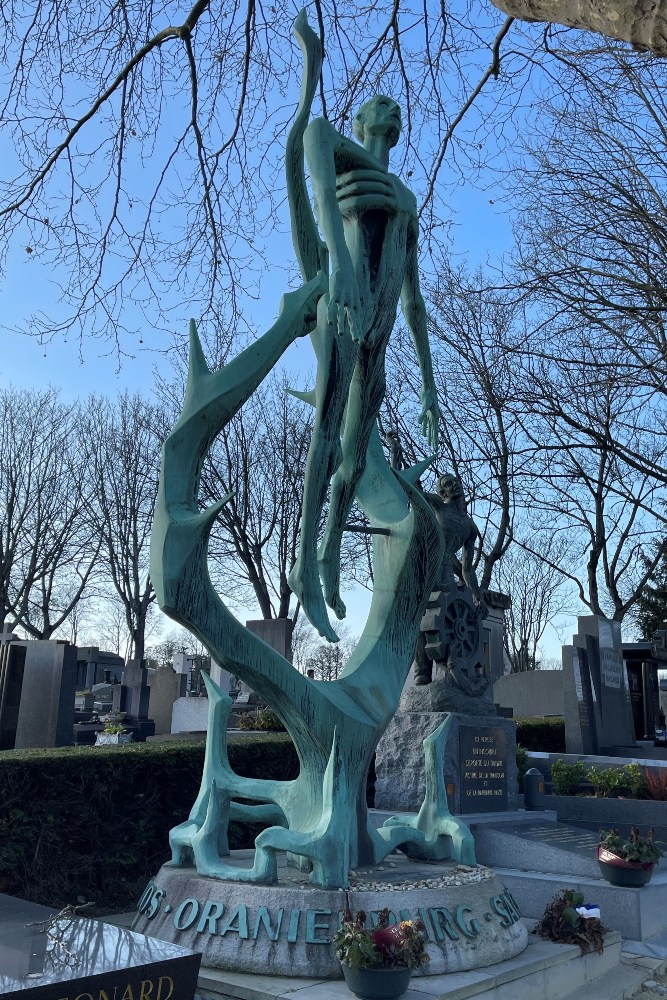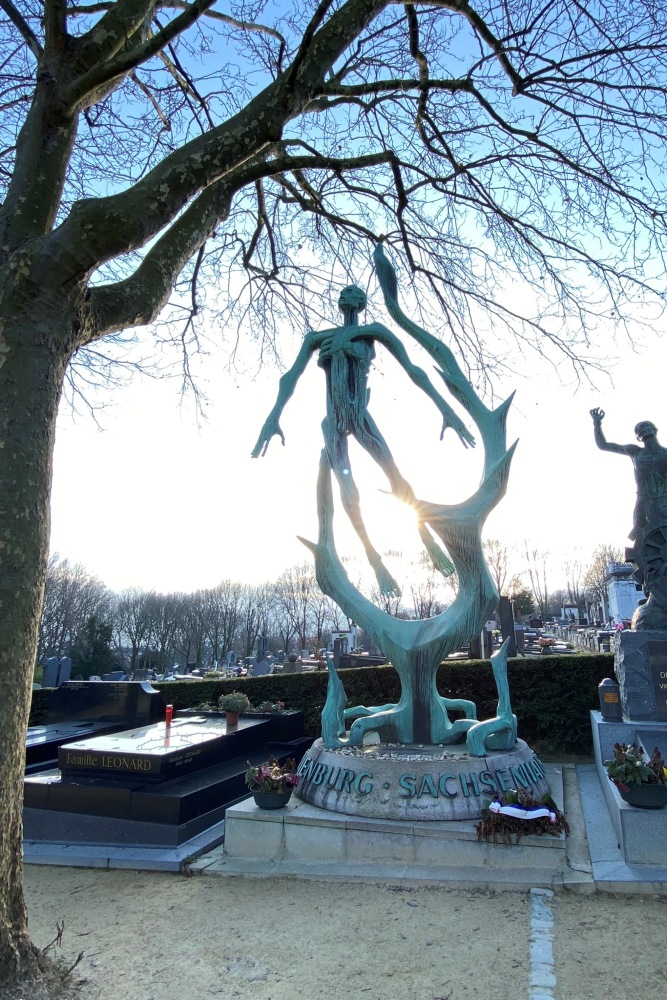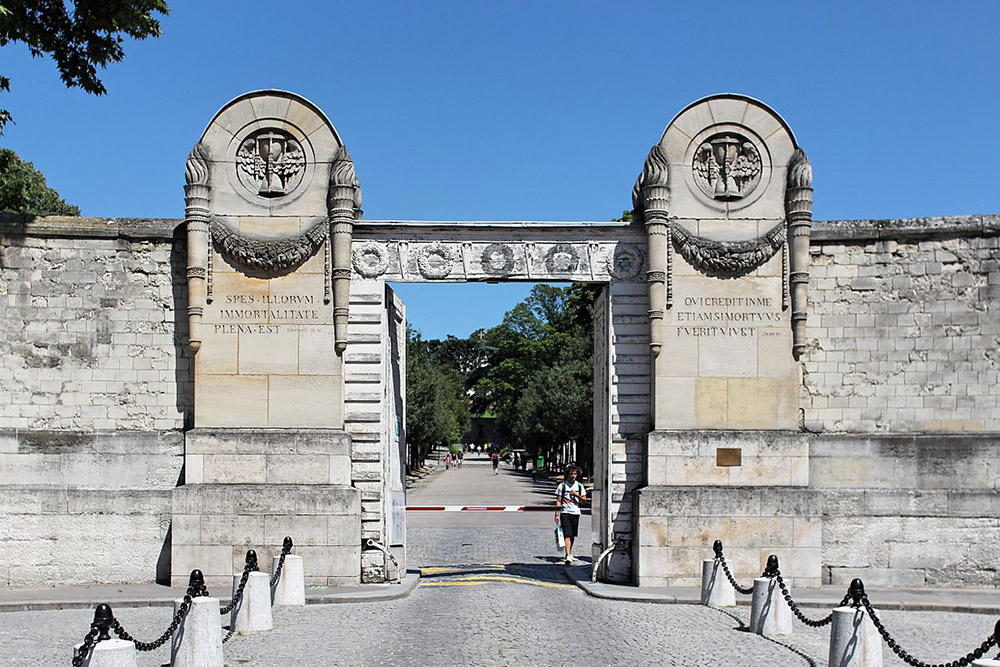Memorial Sachsenhausen-Oranienburg
The colossal stylistic statue, more than 5 meters high, was created by Jean-Baptiste Leducq and unveiled in 1970. The statue depicts a thin man standing, supported by thorny branches, the roots giving birth to a pine tree and the top ending as a memory to the flame. The crown, spiky at the base, symbolizes the closure of the camp. In the center, like a cry to heaven, rises the tragic image of a body stretched in the hope of being reborn and living on in memory.
The Oranienburg-Sachsenhausen camp was located 35 kilometers from Berlin. From 1936 to 1945, an estimated 200,000 people were interned here and 100,000 died. The prisoners included political opponents of Adolf Hitler and prisoners of war who regarded the Nazi regime as 'inferior'; Mentally disabled. so-called antisocials, Romas, Jews, homosexuals and Jehovah's Witnesses.
'Sachso' was especially notorious for the extensive tests that SS doctors performed on prisoners. Prisoners were deliberately inflicted large wounds to study healing and children were infected with hepatitis B in order to monitor changes in the liver. Trials that almost always ended in death.
In August 1941, a mass murder took place there with the execution of more than 13,000 Soviet prisoners of war.
The neck shot machine developed in Sachsenhausen was tested on them.
The camp was liberated by the Red Army on April 22, 1945.
Do you have more information about this location? Inform us!
Source
- Text: Geert-Jan van Glabbeek
- Photos: Geert-Jan van Glabbeek
Nearby
Museum
- Mémorial de la Shoah - Paris, 4e
- National Museum of the French Army - Paris, 7e
- Air and Space Museum - Le Bourget
Point of interest
Monument
- Memorial Defenders Belfort 1870-71 - Paris, 17e
- Memorial Georges Piron de la Varenne Paris - Paris, 20e
- Gardes Nationaux Memorial - Paris, 20e
Cemetery
- Cimetière du Père-Lachaise - Paris, 20e
- French War Graves Cimetière du Père-Lachaise - Paris, 20e
- Panthéon Paris - Paris, 5e
Fortification
- Fort Neuf de Vincennes - Vincennes
- Fort d'Aubervilliers - Aubervilliers
- Fort de Charenton - Maisons-Alfort







